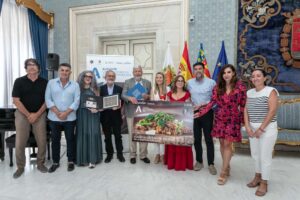
Alicante Capital Española de la Gastronomía recorrerá España y Europa a través de un sello
Correos pone en circulación 90.000 ejemplares de un sello con la imagen de un arroz con un franqueo de 1,85 euros y un tamaño mayor
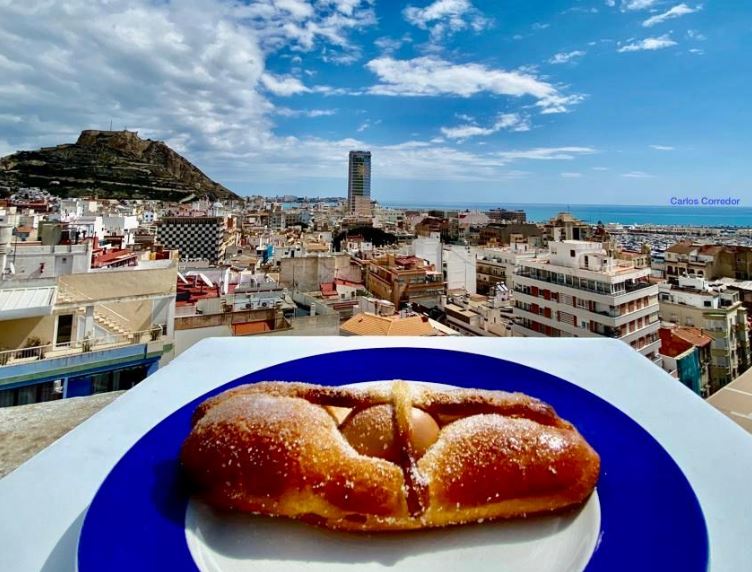
100g of bread flour
60 ml of water
12 g of baker’s yeast
The leaven we prepared earlier
400g of bread flour
12g of baker’s yeast
3 eggs
150g of sugar
80g of olive oil
10g of salt
1 teaspoon of honey
One teaspoon of orange zest
15 ml of orange blossom water
2 eggs
1 egg white
One teaspoon of sugar
A few drops of orange blossom water
Food coloring
A few drops of vinegar
The leaven is prepared the night before. To do this, dissolve the baker’s yeast in the water and gradually add it to the flour. Once the mixture is made, cover it with plastic wrap and store it in the refrigerator overnight.
Every celebration comes with its own special cuisine, unique dishes prepared for the occasion that delight even the most demanding palates. After Holy Week, on Easter Sunday, tradition reigns supreme in Alicante. Families gather to enjoy this sweet treat, which takes pride of place in the displays of every bakery and pastry shop in the region. Whether at the beach, in the mountains, or in the countryside, it’s customary to head outdoors for a picnic, always accompanied by a bar of chocolate.
Orange blossom water, lemon, sugar, eggs, flour… these are some of the ingredients used to make this delicious treat, crowned with a hard-boiled egg in the center. Tradition dictates that the egg is playfully cracked on the forehead of a family member or friend when they least expect it.
While in Alicante these treats are typically elongated in shape, you can also find round ones. In recent years, creative shapes like lizards, with hard-boiled eggs placed in their mouths, have become popular.
There are Easter cake contests and bakeries strive to be the winners. In addition to their good taste, originality is also rewarded.
Mona de Pascua. Photo courtesy of Alicante Gastronomic Guide
One of the most widespread customs involves breaking the egg on a companion’s forehead. In the past, the “mona” was given as a gift by godparents to their godchildren on Easter Sunday, following mass. Traditionally, it has always been considered a heartfelt gift from adults to the youngest members of the family.
There are multiple traditions surrounding the Mona de Pascua. The most popular involves heading to the countryside to eat it. Children play with kites and jump rope to the tune of the traditional song “La Tarara.”
A few years ago, a historical spot in the city was restored for the purpose of enjoying this tradition. Today, many locals gather at Tossal Park, located at the foot of San Fernando Castle, to celebrate this beloved custom.
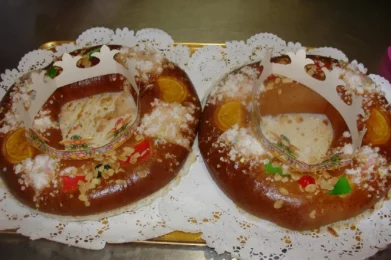
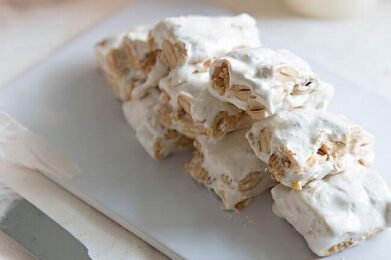
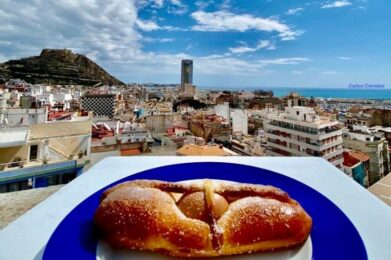
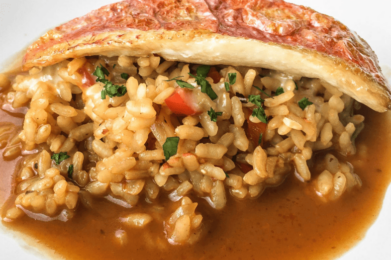
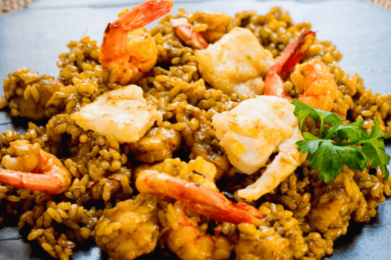
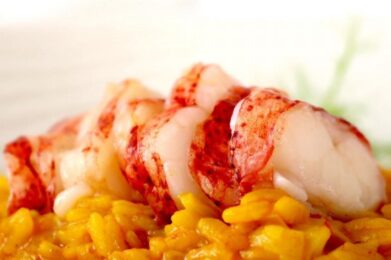
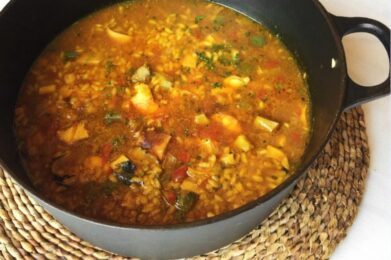
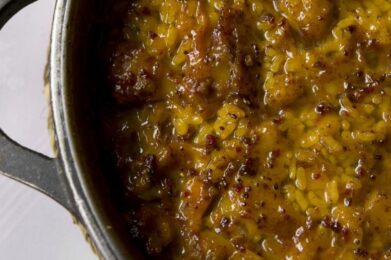

Correos pone en circulación 90.000 ejemplares de un sello con la imagen de un arroz con un franqueo de 1,85 euros y un tamaño mayor
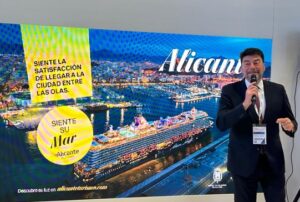
El alcalde dará a conocer las principales actividades organizadas en la ciudad con motivo de la capitalidad gastronómica en la Feria Internacional de Turismo que se celebra del 22
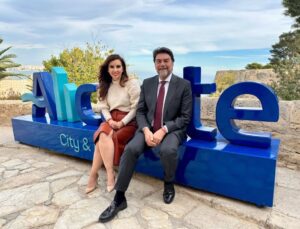
El alcalde asegura que “es una gran noticia para la ciudad, que merece ser la capital gastronómica de España por su cocina propia y singular,

Los arroces alicantinos llegan a la capital alemana en un evento que se celebra el miércoles fuera del recinto ferial en el que se presenta
5 days ago
Legal Notice | Privacy Policy | Cookie Policy | Accessibility Statement
© 2024 Alicante Municipal Tourism and Beaches Board – Alicante City Council


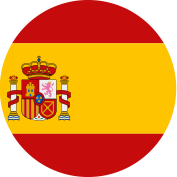

















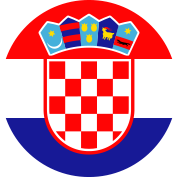


English






















